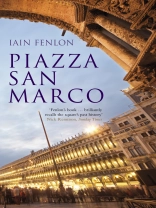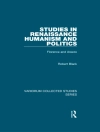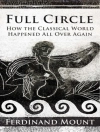Piazza San Marco is a dynamic open space organically connected to the buildings which frame it. It shows how much is lost if the ensemble is divided into the individual structures of Doges’ Palace, Basilica of San Marco, Campanile and so on, each ‘marvellous’ in their own right but functionally separate.
Here a different story is told by relating them to each other and to the theatrical piazza of which they form a part; it sees the events that took place there as a barometer of 1, 000 years of Venetian history. It recreates not only rituals of the past but also the activities of the present – from the coronation of the Doge and the arrival of the Crusaders’ loot, through the pathetic collapse of the Republic, to Death in Venice and the legendary Pink Floyd concert of 1989 – all taking place in an iconic space which the writings of traditional historians have left dead and silent.
Despre autor
Iain Fenlon is Professor of Historical Musicology in the University of Cambridge and a Fellow of King’s College. Most of his writing has been concerned with the social and cultural history of music in Renaissance Italy. His books include a two-volume study, Music and Patronage in Sixteenth-Century Mantua (1980), a monograph on the early Italian madrigal (with James Haar), Music, Print and Culture in Early Sixteenth-Century Italy (The Panizzi Lectures, British Library, 1994).In the course of his career he has been affiliated to a number of other academic institutions including Harvard University, All Souls College Oxford, New College Oxford, the École Normale Supérieure in Paris and the University of Bologna. His most recent books are The Ceremonial City: History, Memory and Myth in Renaissance Venice (Yale University Press, 2007), and Piazza San Marco.












